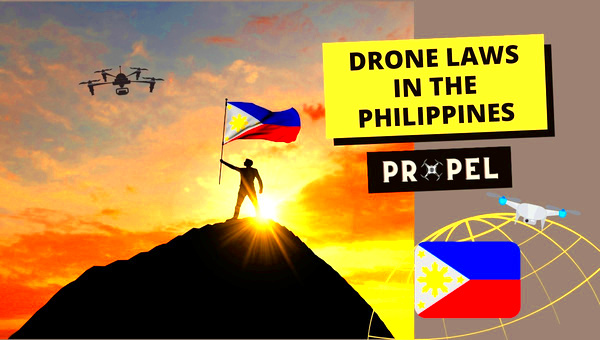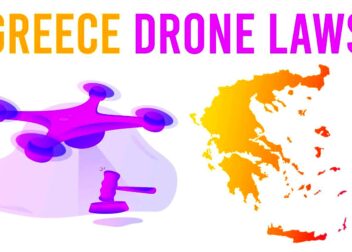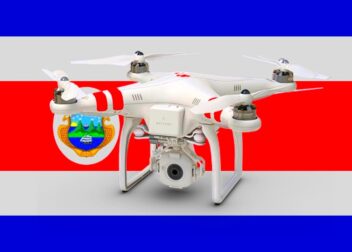Drone Laws in the Philippines Key Regulations
The Philippines has seen a significant rise in drone usage in recent years. With this growth comes the need for clear regulations to ensure safety and compliance. Drone laws in the Philippines aim to address issues related to privacy, airspace management, and safety. Understanding these laws is essential for both recreational and commercial drone pilots to navigate the skies responsibly and legally.
Overview of Philippine Drone Regulations

In the Philippines, the Civil Aviation Authority of the Philippines (CAAP) oversees drone regulations. These laws aim to promote safe drone operation while allowing for innovation in the industry. Here are some key points about the regulations:
- Type of Drones: Drones are classified into various categories based on their weight and usage.
- Flight Zones: Certain areas, such as airports and military zones, are off-limits for drone operation.
- Operational Altitude: Drones should generally not exceed an altitude of 400 feet.
- Visual Line of Sight: Pilots must keep their drones within their line of sight during operation.
These regulations are designed to ensure public safety and privacy while allowing drone technology to flourish.
Registration Requirements for Drones
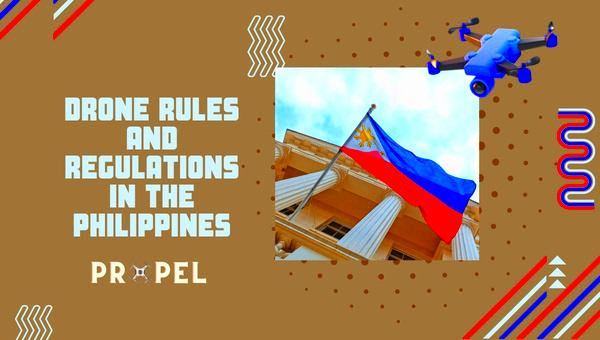
Before flying a drone in the Philippines, pilots must adhere to specific registration requirements. Here’s a breakdown:
- Registration Threshold: Drones weighing over 250 grams must be registered with the CAAP.
- Registration Process: Pilots must fill out a registration form and provide details such as the drone’s make, model, and weight.
- Fees: There is a nominal fee for registration, which varies based on the type of drone.
- Renewal: Registrations need to be renewed periodically, typically every three years.
By ensuring proper registration, drone pilots contribute to safer skies and better regulation enforcement.
Operational Guidelines for Drone Pilots
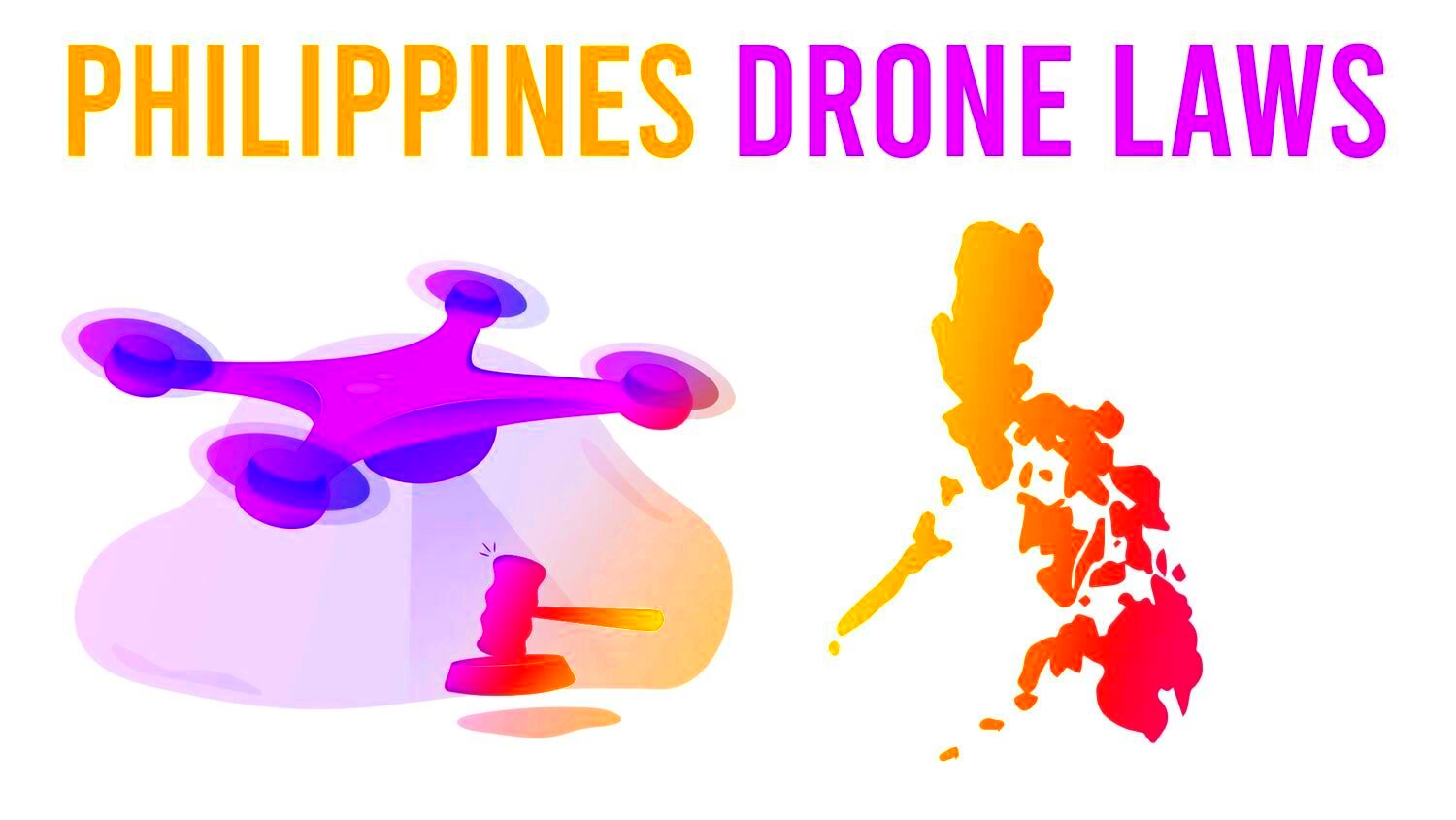
Operating a drone in the Philippines comes with specific guidelines that every pilot should follow to ensure safe and responsible flying. These guidelines help maintain order in the skies and protect both the operator and the public.
- Pre-Flight Checks: Before taking off, pilots should perform a thorough check of their equipment. This includes inspecting battery levels, propellers, and GPS connectivity.
- Flight Planning: It’s crucial to plan your flight path, taking into consideration the local weather conditions and potential obstacles in the area.
- Time Restrictions: Drones should be flown during daylight hours unless the pilot has specific permissions for night flights.
- Altitude Limit: As a rule of thumb, drones should not exceed 400 feet above ground level to avoid collisions with manned aircraft.
By following these operational guidelines, drone pilots can ensure a safer flying experience for everyone involved.
Drone Usage in Restricted Areas
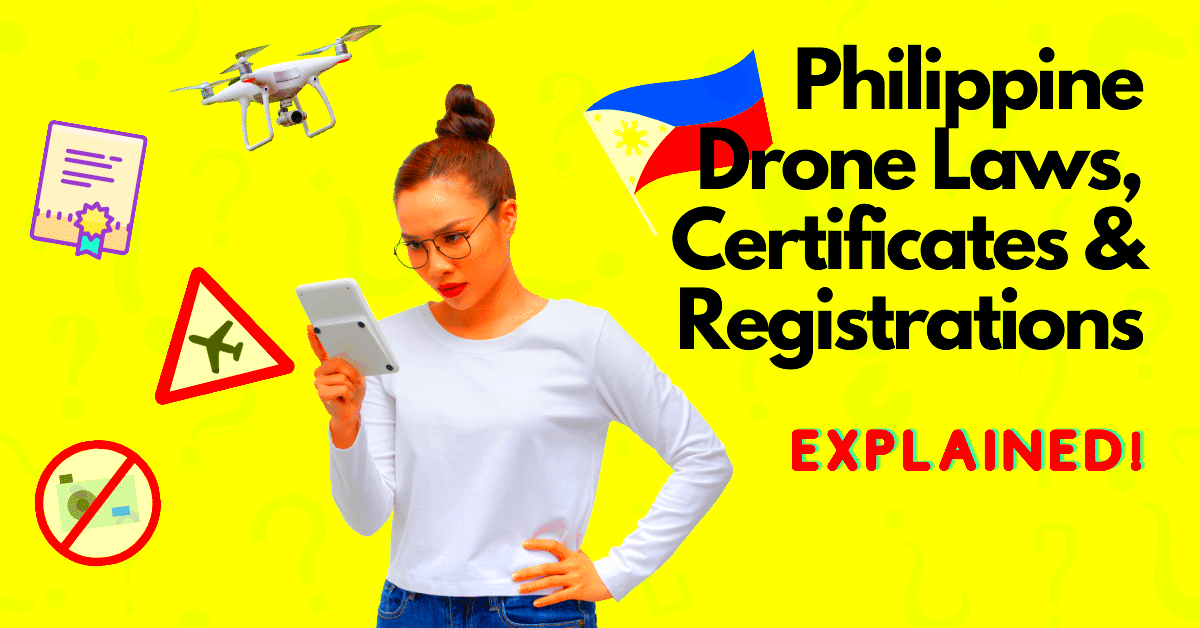
Understanding where you can and cannot fly your drone is vital. The Philippines has several restricted areas where drone operations are strictly prohibited or require special permissions. These areas include:
- Airports: Drones must not be flown within a certain radius of airports to prevent interference with manned aircraft.
- Military Installations: Proximity to military facilities is also restricted, as these areas are sensitive to unauthorized surveillance.
- Natural Reserves: Certain wildlife and ecological zones have restrictions to protect endangered species and their habitats.
Always check for local regulations and advisories before flying to avoid penalties and ensure compliance.
Safety Measures for Drone Operation
Safety should always be a top priority for drone pilots. Implementing safety measures can help prevent accidents and promote responsible flying. Here are some essential tips:
- Stay Informed: Keep up to date with the latest regulations and updates from the CAAP.
- Maintain Visual Line of Sight: Always keep your drone within sight. This helps avoid collisions and allows for better control.
- Avoid Crowded Areas: Flying over crowds can lead to accidents. It’s best to choose open spaces for your operations.
- Emergency Protocols: Have a plan in place for emergencies, such as loss of signal or battery failure. Knowing how to handle these situations can save your drone and ensure safety.
By adhering to these safety measures, drone pilots can enjoy their flying experience while contributing to a safer environment for all.
Penalties for Violating Drone Laws
In the Philippines, violating drone laws can lead to serious consequences. These penalties are in place to ensure that all drone pilots operate safely and within legal boundaries. Here’s what you need to know:
- Fines: Depending on the severity of the violation, fines can range from PHP 10,000 to PHP 300,000. More serious offenses can lead to higher penalties.
- Confiscation of Drones: Authorities have the right to confiscate drones that are being operated illegally. This is particularly true for drones flying in restricted areas.
- Criminal Charges: In some cases, particularly where public safety is compromised, pilots may face criminal charges. This can result in a permanent ban from operating drones.
- Legal Action: Victims of drone misuse, such as privacy violations, can take legal action against the pilot. This could lead to lawsuits and additional penalties.
Being aware of these penalties is crucial for anyone looking to fly a drone in the Philippines. It’s always better to fly responsibly and stay informed to avoid these issues.
Future of Drone Regulations in the Philippines
The future of drone regulations in the Philippines looks promising as technology continues to evolve. As drone use increases, so will the need for updated and more comprehensive regulations. Here are some trends to watch:
- Integration with National Airspace: Authorities are working on integrating drones into the national airspace system to ensure safety and efficiency.
- Technological Advances: Regulations will likely adapt to incorporate new technologies, such as automated drones and advanced sensors, making operations safer.
- Public Awareness Campaigns: Expect more educational campaigns aimed at raising awareness about safe drone usage and compliance with the laws.
- International Cooperation: The Philippines may collaborate with other countries to standardize drone regulations, making it easier for pilots to navigate rules across borders.
These advancements aim to create a balanced framework that fosters innovation while ensuring public safety and security.
FAQ about Drone Laws in the Philippines
Curious about drone laws in the Philippines? Here are some frequently asked questions that can help clear up common concerns:
- Do I need to register my drone? Yes, drones weighing over 250 grams must be registered with the CAAP.
- Can I fly my drone at night? Generally, flying at night is prohibited unless you have special permissions from the authorities.
- What are the penalties for flying in restricted areas? Penalties can include fines, confiscation of the drone, and even criminal charges depending on the violation’s severity.
- Are there any insurance requirements for drone pilots? While not mandatory, having liability insurance is recommended to protect against potential damages or injuries.
- Can I fly over my property? You can fly over your property, but always ensure you are complying with local laws and regulations.
If you have more questions, it’s a good idea to check the latest updates from the CAAP or consult with a legal expert to ensure you’re flying safely and legally.
Conclusion on Drone Regulations
Understanding drone regulations in the Philippines is essential for anyone looking to operate a drone safely and legally. With the rise of drone technology, the government has implemented various laws to protect public safety, privacy, and airspace management. Compliance with these regulations is not just about avoiding penalties; it also ensures a safer environment for everyone. As drone technology continues to evolve, staying informed about changes in the law will be crucial for pilots. By following the established guidelines and being aware of restricted areas, drone operators can enjoy the benefits of this innovative technology while contributing to a responsible flying culture. Overall, responsible drone operation promotes safety, encourages innovation, and helps integrate drones into everyday life in a positive way.
